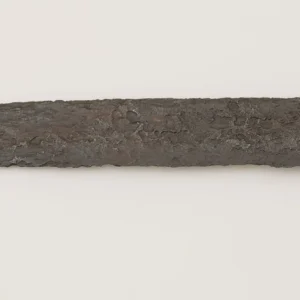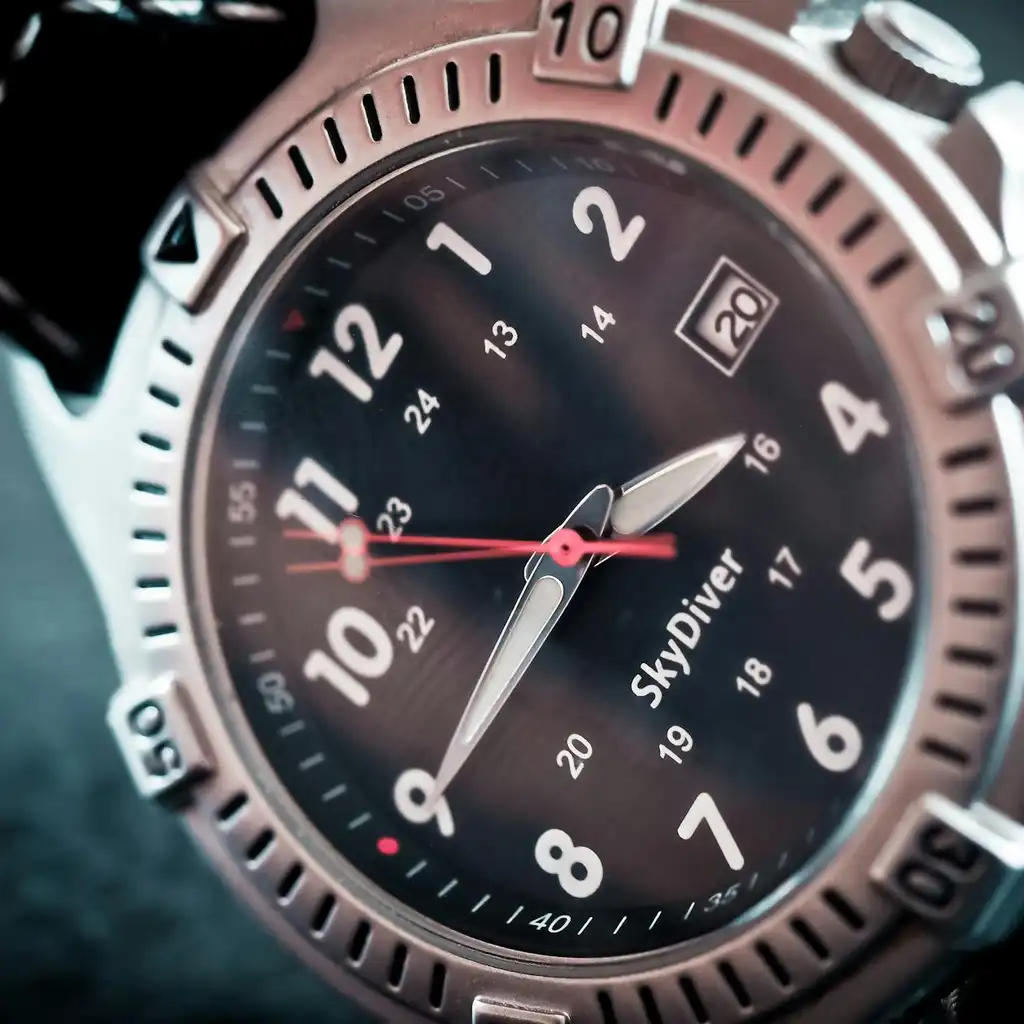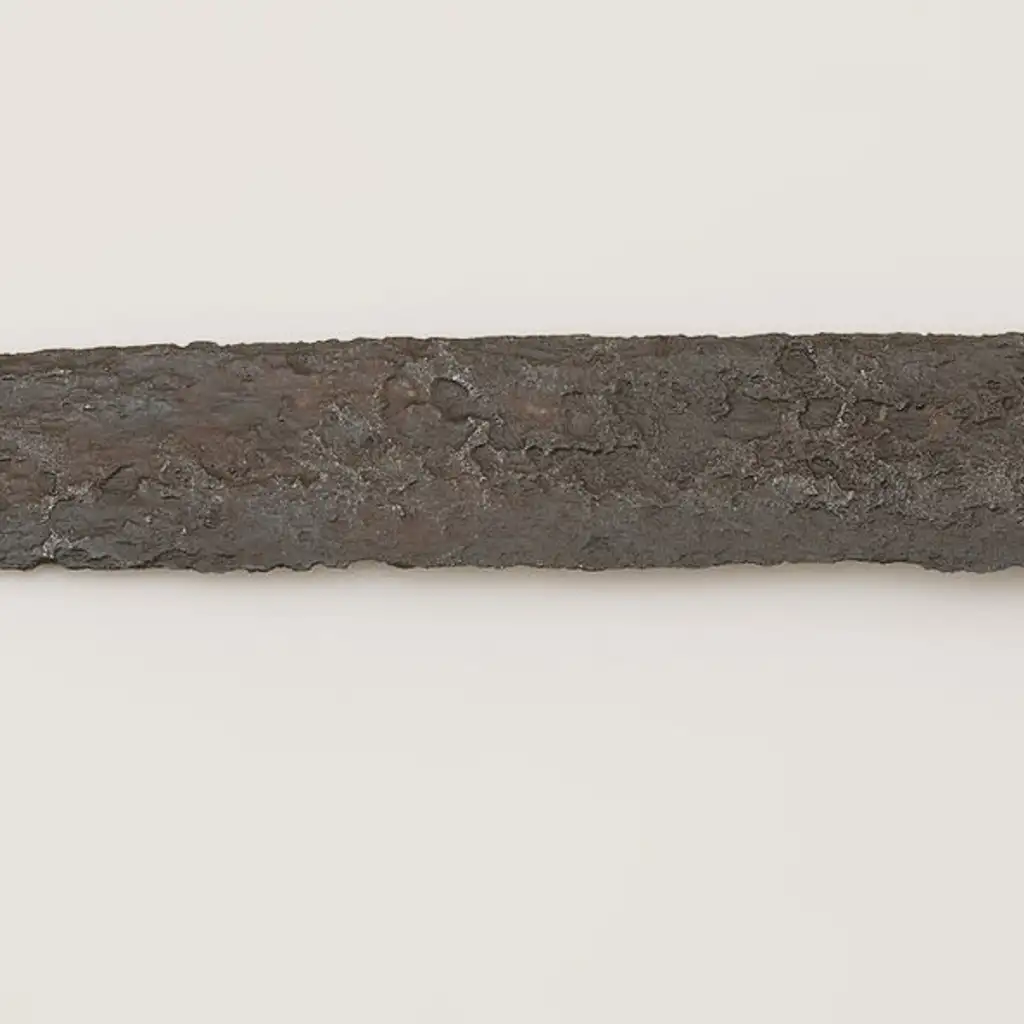The allure of battle-ready fencing swords is undeniable. These exquisite blades, rich in history and crafted for combat, conjure images of epic duels and historic battles. However, before acquiring one, it’s crucial to understand what truly defines a sword as “battle-ready” and the essential factors to consider when selecting the right one for your needs.
Understanding “Battle-Ready”
The term “battle-ready” is often subjective, encompassing more than just the sword’s appearance. It involves the sword’s construction and its intended use. Here are the key characteristics to consider:
Construction Details:
- Full Tang: The blade extends through the entire handle, enhancing strength and durability.
- Tempered Steel: This process increases the blade’s hardness and resilience, enabling it to withstand impacts.
- Sharpened Edge: A sharp edge is vital for cutting, but its necessity depends on the sword’s intended use.
- Durable Guard: A robust guard is essential for protecting your hands and forearms during combat.
- Sturdy Grip: A comfortable and secure grip is crucial for precise control.
Intended Use:
- Historical Recreation: For reenactment groups, the sword must accurately represent weapons from specific historical periods.
- Combat Sports: Swords used in historical combat sports like HEMA (Historical European Martial Arts) are often tailored for specific disciplines and may include safety features.
- Collection: Some swords are purely decorative, intended for display rather than active use.
Varieties of Battle-Ready Swords
Single-Handed Swords:
- Rapier: Known for its long, slender design, ideal for thrusting.
- Saber: A curved blade primarily designed for cutting.
- Broadsword: A heavy, double-edged sword suitable for both cutting and thrusting.
- Short Sword: A smaller, more maneuverable sword perfect for close-quarters combat.
Two-Handed Swords:
- Longsword: A versatile sword with a double-edged blade, effective for both cutting and thrusting.
- Claymore: A large, single-edged sword primarily designed for cutting.
Safety Considerations
- Sharpness: A battle-ready sword should never be used for practice without proper safety equipment and instruction.
- Safe Handling: Always treat a sword with respect and adhere to safety guidelines when handling, storing, and transporting it.
- Legal Regulations: Be aware of local laws and regulations regarding the ownership and use of swords.
Choosing the Right Sword
Consider Your Needs:
- Intended Use: Determine if you need a sword for historical reenactment, combat sports, or collection.
- Budget: Swords can range from a few hundred dollars to several thousand.
- Skill Level: Beginners might prefer lighter steel swords with safety features, while experienced fencers may opt for heavier blades.
- Style: Select a sword that appeals to your aesthetic preferences and reflects the historical period of interest.
Where to Purchase
- Reputable Dealers: Buy swords from trusted dealers who specialize in historical weapons and offer quality craftsmanship.
- Online Retailers: Many online platforms offer a wide selection of swords, but ensure you research their reputation before purchasing.
Conclusion
Owning a battle-ready sword is a fulfilling experience, but it comes with responsibilities. By understanding the nuances of construction, selecting the appropriate type, and prioritizing safety, you can confidently enjoy this piece of history.








